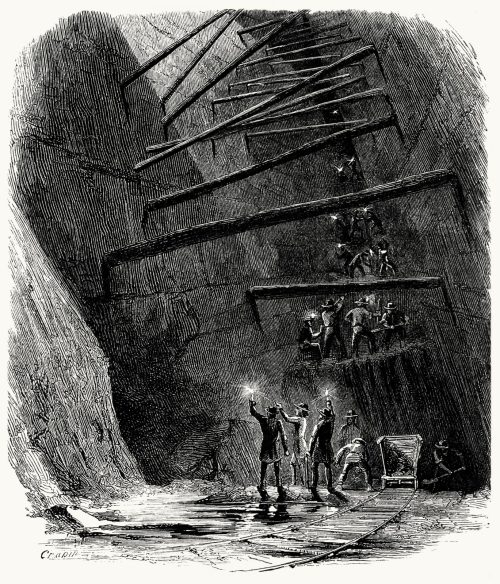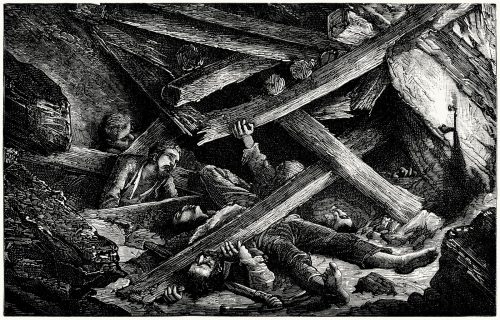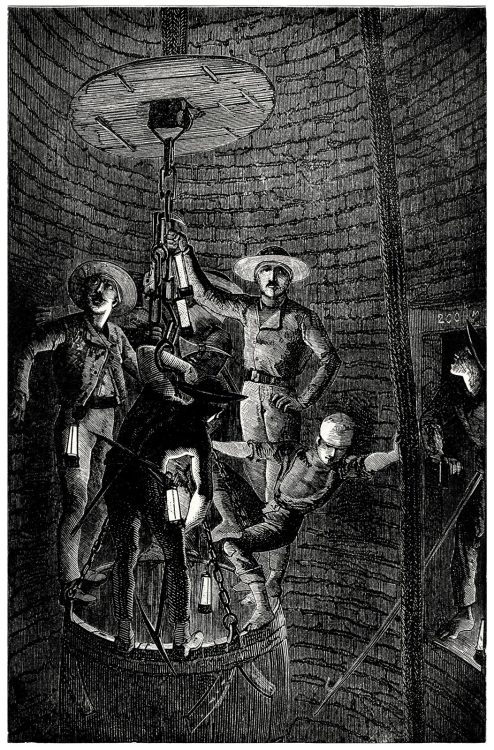 |
| Oh my little friend, the squirrel. |
Henry
Wadsworth Longfellow (February 27, 1807 – March 24, 1882) was an American poet and educator whose
works include "Paul Revere's Ride", “The Song of Hiawatha”, and “Evangeline”.
He was also the first American to
translate Dante Alighieri's “The Divine Comedy”.
Longfellow was born in
Portland, Maine, which was then a part of Massachusetts. He studied at Bowdoin
College. After spending time in Europe he
became a professor at Bowdoin and, later, at Harvard College. His first major poetry collections were “Voices ofthe Night” (1839) and “Ballads and Other Poems” (1841). Longfellow retired from
teaching in 1854, to focus on his writing, living the remainder of his life in
Cambridge, Massachusetts, in a former headquarters of George Washington.
His first wife Mary Potter died
in 1835, after a miscarriage. His second wife Frances Appleton died in 1861,
after sustaining burns when her dress caught fire. After her death, Longfellow
had difficulty writing poetry for a time and focused on his translation. He
died in 1882.
Longfellow wrote many lyric
poems known for their musicality and often presenting stories of mythology and
legend. He became the most popular American poet of his day and also had
success overseas. He has been criticized, however, for imitating European
styles and writing specifically for the masses.
Above&Below illustrations drawn by Harrison Fisher, from The song of Hiawatha, by Henry Wadsworth Longfellow, Indianapolis, 1906. Found the book in a reasonable quality scan at -as usual this year 2015- archive.org (link provided here). :: Really hard to make a selection of only 4 and finally I selected colour examples but B&W drawings are simply amazing, pure motion catched...
Above&Below illustrations drawn by Harrison Fisher, from The song of Hiawatha, by Henry Wadsworth Longfellow, Indianapolis, 1906. Found the book in a reasonable quality scan at -as usual this year 2015- archive.org (link provided here). :: Really hard to make a selection of only 4 and finally I selected colour examples but B&W drawings are simply amazing, pure motion catched...
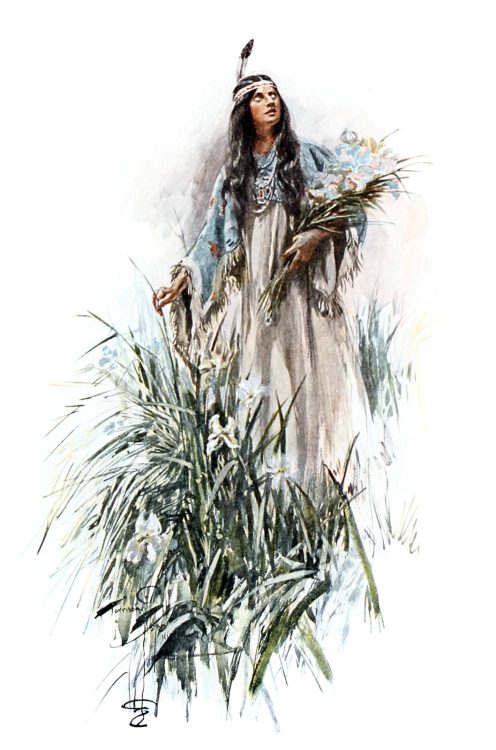 |
| And he loved the lonely maiden |
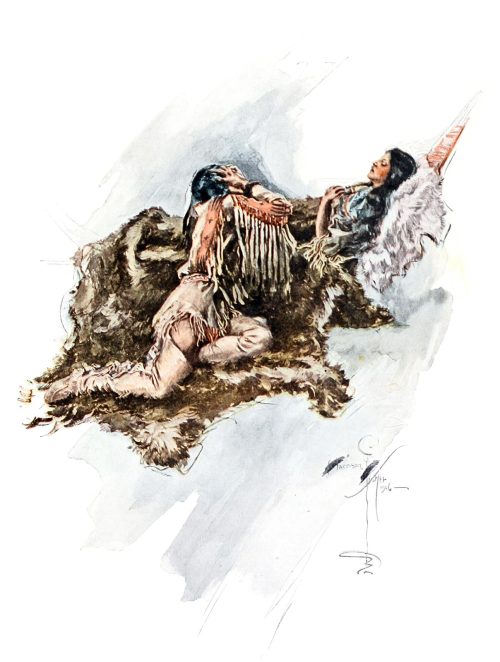 |
| With both hands his face he covered |
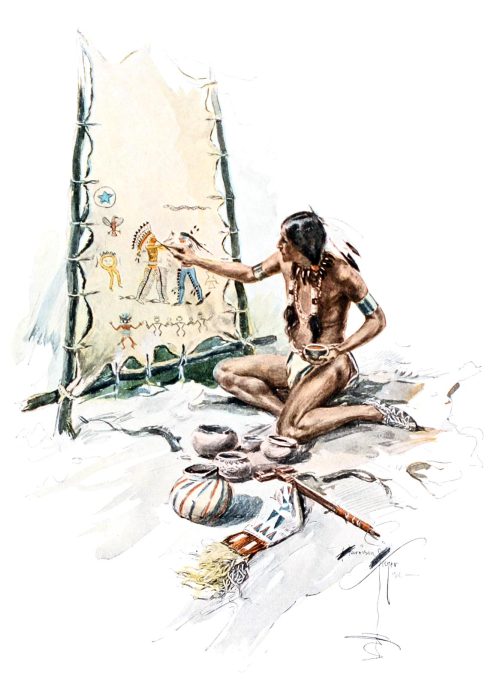 |
| Painted many shapes and figures |
